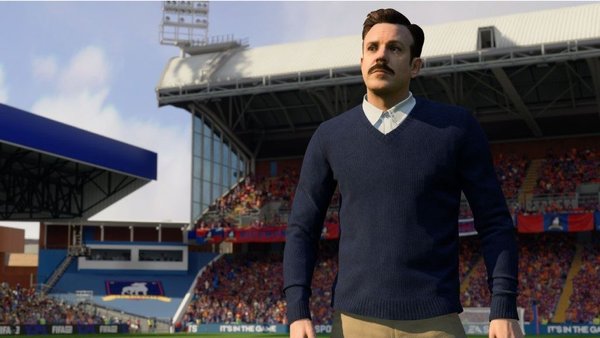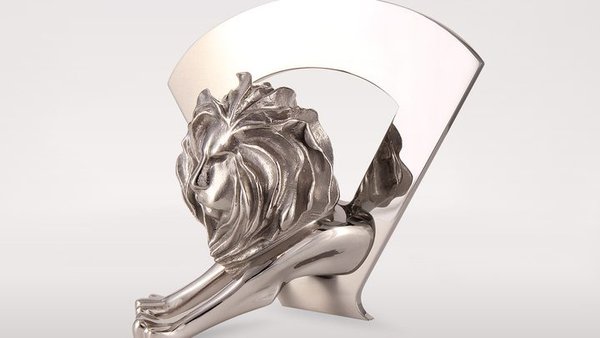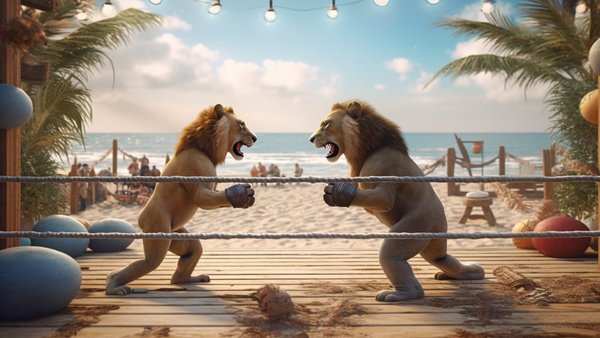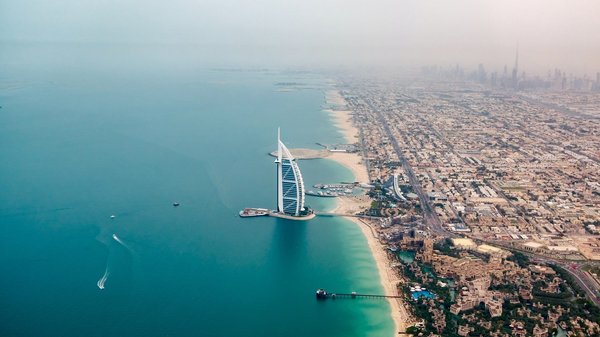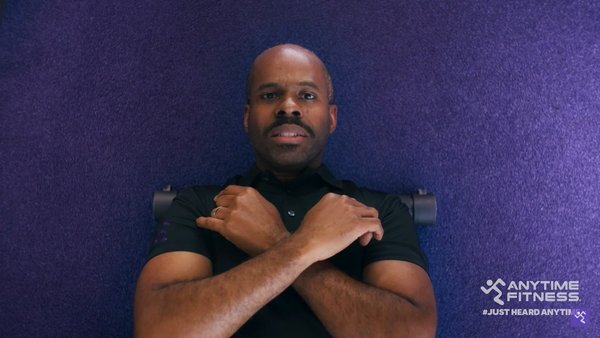Thomas Heatherwick: ‘The true cultural gallery of our lives are the streets’ /
Uncommon co-founder Nils Leonard, who guest-edited the Q3 2032 issue of Contagious Quarterly, talks with the award-winning designer about the value of humanised experiences and places
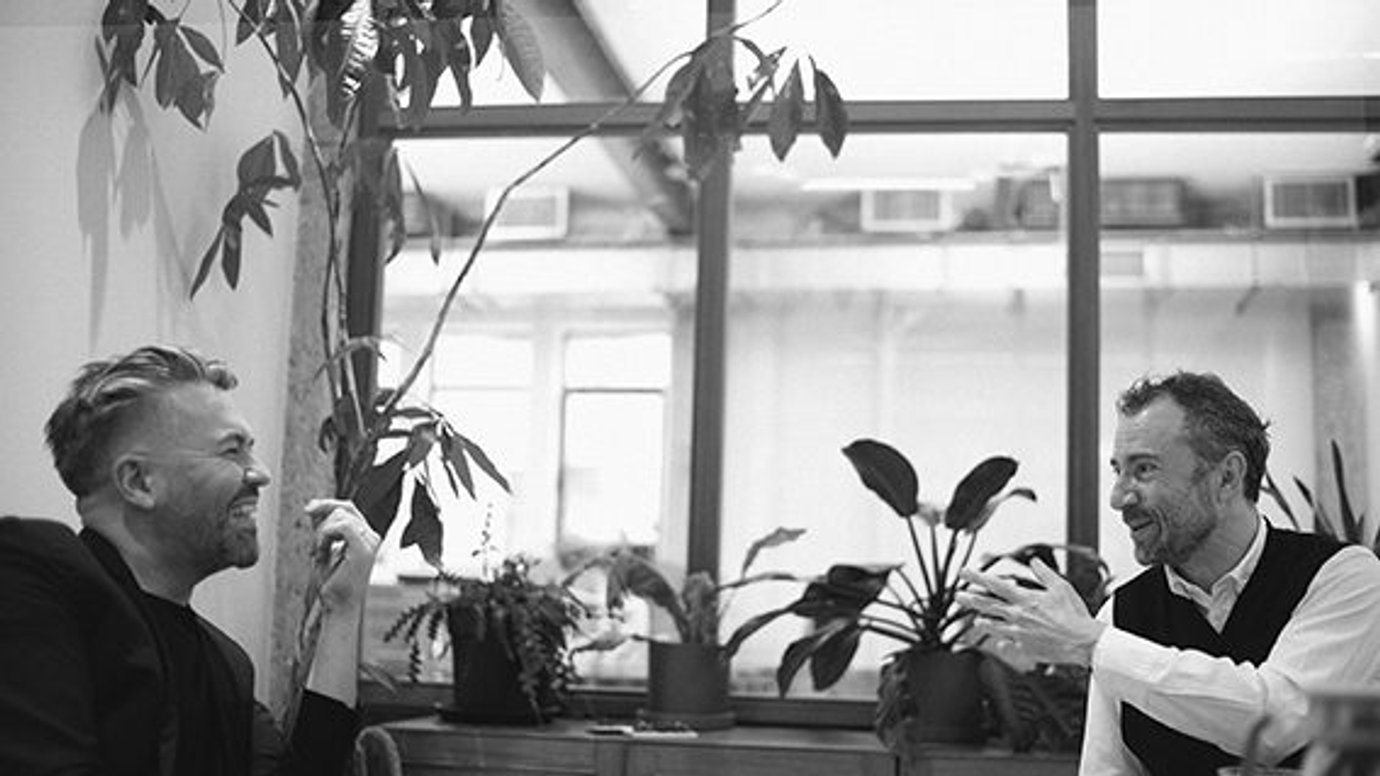
Thomas Heatherwick believes we’re living through an ‘epidemic of boringness’ and so the preeminent designer is on a mission to make the built environment more interesting. At Contagious, we’re usually more concerned with ads than architecture, but Heatherwick’s rallying cry for a more soulful and humanised world should be heeded by anyone working in the creative industries.
The mastermind behind the London 2012 Olympic Cauldron believes that modern cities are flat, shiny and inhuman. It’s not just that most buildings today are dull, he argues, but they are impacting our mental, physical and societal health. On top of that, terrible buildings also have a devastating environmental impact. As he cites in his 2022 TED Talk (‘The Case for Radically Human Buildings’), every year in the US a billion square feet of buildings are destroyed and rebuilt, the equivalent of half of Washington DC.
Heatherwick’s ambition is to trigger a global movement to encourage more humanised buildings made to last. It’s a manifesto that is detailed in his book, Humanise: A Maker’s Guide to Building Our World, to be published in October, and Uncommon Creative Studio is partnering with Heatherwick to bring this message to the world.
Nils Leonard, co-founder of Uncommon, met the designer at Heatherwick Studio’s new home in London’s King’s Cross to discuss the importance of collaboration, getting noticed and putting people first.
Nils Leonard: Thomas, thank you for hosting me in your incredible studio. I’m going to open with a question around experience. What does it mean to you to craft an experience?
Thomas Heatherwick: I thought that I was interested in design, when I was growing up, and how things look. Then I learned that how things look related to how I felt. And then, I realised that how I felt was my interest in how we felt about things. How we felt is about an experience that we’re having together. What I’m really interested in is the experience we all have with the world around.
The gaps are what’s interesting; it’s what isn’t being addressed that’s the thing to run towards. My mum is the UK’s foremost bead expert. And I remember her saying, ‘Find something that no one else is an expert at and become an expert at that thing.’
Leonard: What would you say that is in your case?
Heatherwick: I realised that buildings have been thought of very much from an academic perspective. Because I didn’t come from that conventional training but from a design background, which was much more focused on how something made somebody feel, I realised that that’s the gap. The architecture world might not agree with me, but I do have a career and a studio now. That is some kind of evidence that there is a point there. We’re used to an opera house being very special. And we’re used to rich people’s homes being very special. But it’s astonishing to me how poor the public experience is of most new buildings.
Thomas Heatherwick, Designer

Leonard: When we first met, you said, ‘Nils, you’re quite good at getting noticed.’ And then you said, ‘Look out the window, because that is the space that needs [attention].’ How did we get here? How did we wake up in this place where most of the buildings and most of our built environment is not getting noticed?
Heatherwick: My point was that the physical is so powerful and there are these missed opportunities everywhere. There was a culture of pride in craft that, I don’t think we realised, got slaughtered in the last century. In the world of construction, the architectural profession got lifted up, design got perceived as high value. The Royal Institute of British Architects, a century and a half ago, was officially designated as royal, which sounds great. But in the lifting of the designer, there was an instant demotion [of the builder]. If we talk about head and hand and heart, we’ve lost that hand side from the buildings, and we have inadvertently lost the heart side. We’ve ended up with quite an intellectualised thing.
Form follows function sounds great, but we’ve forgotten that emotion is a function. And so designing places that are so-called functional, which aren’t connected with people’s emotions, means they’re not functional. And we need a big correction. I’m interested to see if it’s possible to trigger some conversation. I think that people need to start demanding that places are less rubbish.
Thomas Heatherwick, Designer
Leonard: Most people would assume these conversations are highbrow. They would go, ‘This is a chat between people talking about the beauty of buildings, why does that even matter to me?’ Our first conversation opened my eyes. When you started talking about how the built environment can make people sick, or lower their standards of life, that’s when it becomes something that these people are building without our permission, without public permission, around us.
Heatherwick: I love that expression, ‘public permission’. I think that’s really powerful. I hadn’t thought about it in that way, of that highbrow idea. That’s why the book, Humanise, doesn’t talk about beauty. Beauty instantly makes it seem posh. In a time of crisis it doesn’t seem like it’s a relevant thing to talk about. But once you shift it away from that and into the mental health impact, and the societal impact, and ultimately, the environmental impact, then it does have a big part to play.
The construction industry is almost 40% of greenhouse gas emissions, while the aviation industry is 2.1%. It just puts in perspective that the world of construction and real estate is massively impactful environmentally. And then you get someone like the architect and writer Marwa Al-Sabouni talking about how in Syria the architectural decisions contributed to war, which is thousands of people’s lives. I just don’t think those dots have been connected. The construction industry will only change when there’s a public conversation and the public starts questioning and feeling that their voice does matter.
Leonard: Buildings are going to get built. The only choice we have is how and the questions we ask along the way. What questions are the best questions to ask?
Heatherwick: We need to get more comfortable asking ourselves, ‘How do I feel about something?’ When I talk to people the typical feeling is that ‘If I don’t think these buildings are good, I’m probably missing something’. It’s like the Emperor’s New Clothes. We scuttle into interiors and there’s that factor of being blinkered. People feel powerless.
I remember the very first time I built a real building. It’s an enormous responsibility. It’s a public duty; you have to make sure you are making the world around you better. It sounds so simplistic but I think a lot of buildings are [only] making things better for the people inside the buildings.
Take the building we’re in, how many people will glimpse this building on the street over the next 20 years? Hundreds of millions. But over the next 20 years, this building will never even have half a million entering it. The decisions are made for the people inside. So – surprise, surprise – new office buildings have a wonderful atrium, lots of light filtered through, polished concrete floors. But what about the outside? What does that really give to the culture of the world around us? I found myself getting less interested in art galleries. Only a small fraction of the population ever goes inside a gallery. But the bit we share, the true cultural gallery of our lives are the streets.
Thomas Heatherwick, Designer
Leonard: When we were talking about buildings, you used the word boring. In my game if something is boring, why would I like to talk about it, why would I pass it on? I don’t think anyone feels empowered to ask that question in an architecture practice, ‘Is it boring?’
Heatherwick: This has been a pattern set by a series of heroes in the architectural world, particularly Le Corbusier, the famous Swiss-French architect. His writings were a rallying cry for boringness. It created an atmosphere that was proud to say rigorous, systematic, logical and functional. These words sound really good; there is no nonsense of the past and whimsy. But actually, there was a cultural revolution going on – the systematic removal of the markers of our humanity. It’s no accident that the proponents of this austere sterility, of so-called honesty, so-called subtlety, were very likely to be living in buildings made by the Victorians or the Georgians. They don’t actually want to live in the soullessness that they suggest for everybody else.
This soullessness is only really a problem when it’s at scale. You see all these individual houses with super clean lines, and that’s fine. The scales that people build at now mean that you cannot just monotonously repeat one idea, you need diversity. Us humans respond to difference. We know about biodiversity in nature, we know how much that matters, but we actually need architectural diversity.
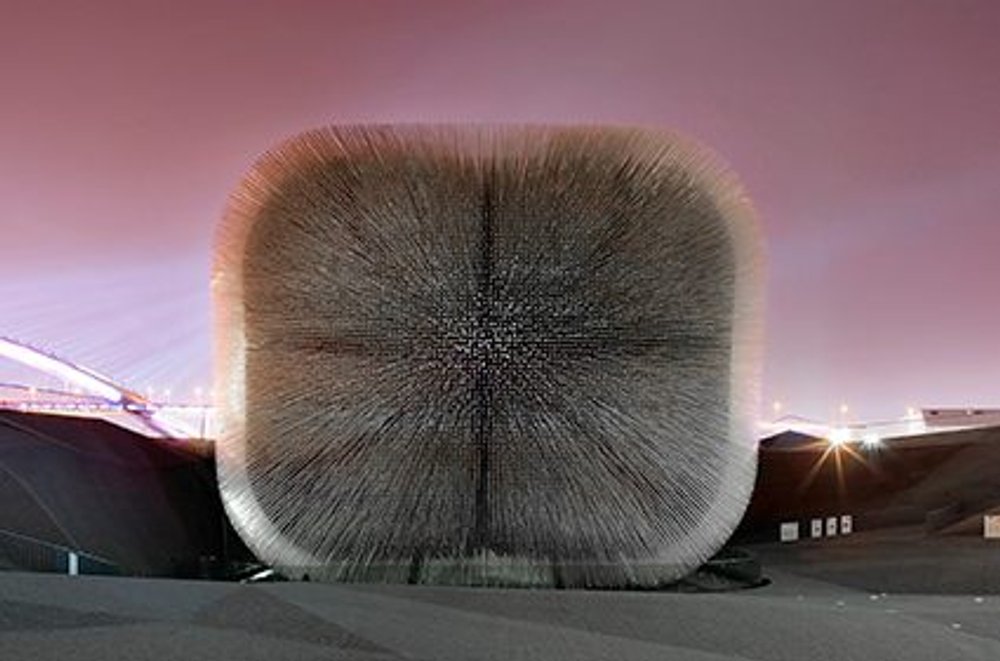
Leonard: You’re hitting on something huge. In almost every creative industry, when you make intellectual content more valuable than creativity the theory of it all becomes more valuable than the reality. With that in mind, what was the last great physical place you experienced?
Heatherwick: I did recently go back to a building that really pushed me, the Casa Mila by Antoni Gaudí, which is an apartment block in Barcelona. Look at the metalwork, you can’t design that by yourself. Clearly, Gaudí had a relationship with some amazing, artistic craftspeople. That building’s collection of collaborations is why it’s good. It’s more than the creativity of one person. [Gaudí] must have been an amazing convener.
The architectural world dismisses it as a fantasy. But look what it’s done for Barcelona. We are all drawn to people who aren’t just versions of everyone else, but who are their own spirit and character. I think we are in a funny time when we are dismissive when something is out of the ordinary, when actually that’s what we all respond to. We’re not tuning in to ourselves. I remember someone saying, ‘Use yourself as data.’ I found that really powerful. I do try to do that, and say, ‘How do I feel?’
Thomas Heatherwick, Designer
Leonard: When I make a dodgy advert, it’s fine, it’s gone in a week. If you make a building, it’s there for 50, 100 years. How do you deal with that?
Heatherwick: We have no bread-and-butter projects. With a building project, you have to put your whole heart into it, because if you don’t, you’re not just slightly less good, if your passion isn’t in something, you’re a lot less good, and your team will be less good.
It takes so long to build a building, you’ve thought of it from so many angles, that it’s rare that anything is a surprise. What you don’t know is how people will respond to something. In general, we’ve been very lucky to have incredibly positive responses to projects. It encourages you to think, even with all that struggle, it’s still worth doing. Because every project is like you’re getting married to that commissioner. With the 1000 Trees projects in Shanghai, we began it 12 years ago and we’ve got another two, three years to go. That’s a 15-year project from beginning to end. That’s like creating a teenager.
Leonard: I think that’s part of the rigidity of our approach, you need to care.
Heatherwick: That rower [Steve Redgrave] said, ‘Anybody who sees me in a boat has my permission to shoot me.’ And then he did get back in the boat. It’s like, shoot me if I stop caring. Because then what’s the point?
Leonard: One project that happens to be bigger than any of your buildings is your studio itself. The standard at which you run your studio is incredible. What’s the deal with that?
Heatherwick: I did a Master’s degree course at the Royal College of Art. It was very difficult to get in and there was something like one place for every 50 applicants. I felt paralysed by the pressure. I imagined the great designers sitting there and sketching genius manoeuvres by themselves.
There was a structural engineer who came in once a week, and I’d sit with him and suddenly the lights came on, the flowers bloomed, the bugles played. You forgot who was the designer and who was the engineer. That’s when I learn that design didn’t happen in me, it happened between me and other people. I knew I needed people to work with me.
Humanise is me realising that in the architecture world the image is always that of the genius and the genius’s master strokes, but in many other areas of life, there’s a mission and a bigger vision that needs to addressed. Humanising is our problem. That’s at the root of what the studio is doing. It’s not about trying to express myself, it’s trying to humanise places around us. That doesn’t just have to be just me, or this studio, it’s a bigger thing. If there’s any way to encourage others to impact the world around us, the benefits can be massive.
Want more of the same? /
We don’t just write about best-in-class campaigns, interviews and trends. Our Members also receive access to briefings, online training, webinars, live events and much more.

